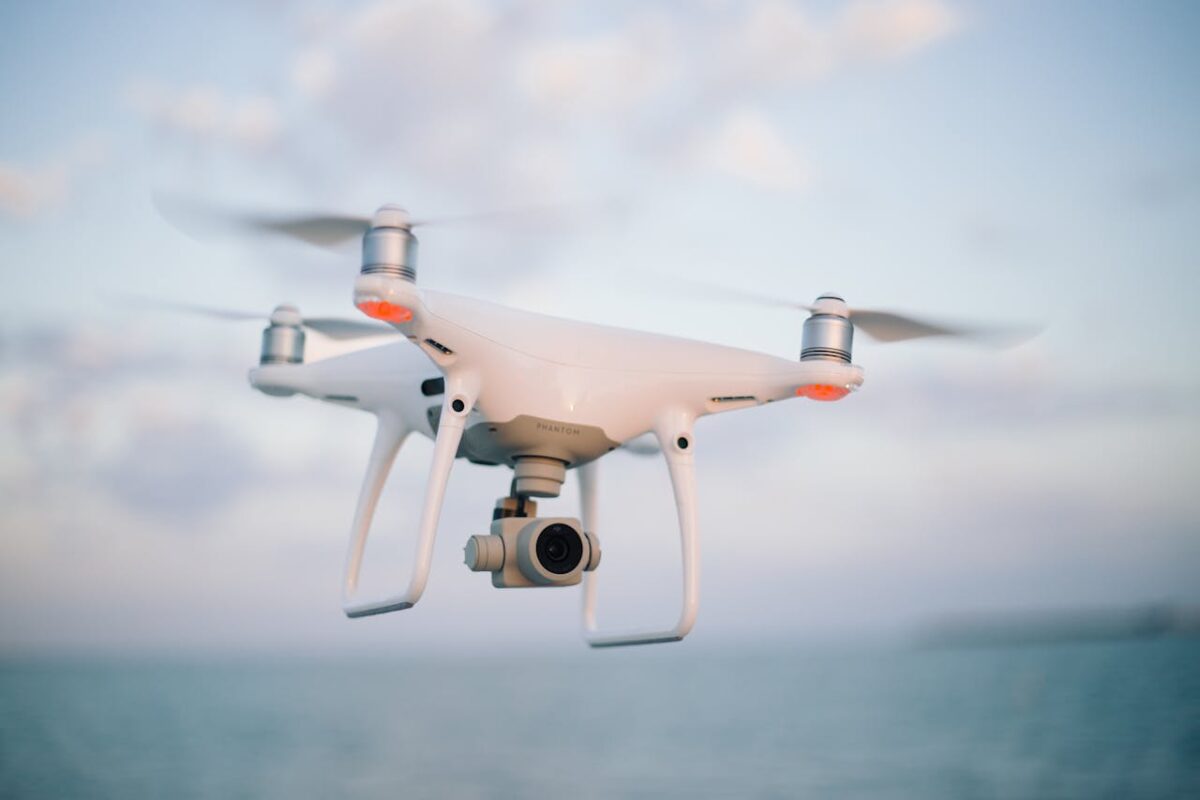Emergencies demand speed. Whether it’s a fire, a missing person, or a disaster, time is everything. People’s lives are at stake, and the clock never stops ticking. Enter drones, a game-changer for first responders. They don’t just hover around taking pictures.
These highly advanced machines help emergency teams reduce response time like never before. Imagine being able to scan a disaster site in minutes or get an aerial view of a dangerous area without putting anyone at risk. It’s not science fiction. It’s happening now. This article discusses how drones from brands like Skydio have X10 Drone that are slashing precious minutes in life-or-death situations.
Real-Time Aerial Surveillance for Situational Awareness
In an emergency, knowing what’s happening in real time is vital. Drones provide a bird’s eye view of the scene. Firefighters and first responders can see what they’re dealing with in seconds, without sending in a person.
Drones can go places that can be dangerous for humans. They fly over floods, scan for trapped people in forests, or inspect damaged buildings after an earthquake. Their cameras and sensors provide immediate feedback. No waiting. No guessing. Just instant awareness.
Advanced Sensors for Enhanced Data Collection
Drones are more than flying cameras. They come equipped with sensors that capture heat, detect gasses, and even see through smoke. When a building is on fire, these sensors can pinpoint hotspots.
Every bit of data they collect is relayed back in real time, giving emergency teams all the info they need to act fast. It’s like having a highly trained scout that never tires or makes mistakes.
Autonomous Navigation in Challenging Environments
Navigating through rough terrain or disaster zones is often difficult for emergency teams. Roads might be blocked, or it could be too risky for helicopters to fly low. Drones, however, don’t care about rough terrain. They don’t need roads.
Their autonomous navigation systems allow them to fly over, under, and around obstacles that would slow humans down. They can find the safest and fastest routes on their own, delivering supplies or scouting the area without needing to be told where to go.
Rapid Deployment Capabilities to Reach Emergency Scenes Faster
Minutes matter in emergencies. Drones are quick to deploy. In contrast to bulky equipment, they’re lightweight and easy to carry. Setting one up takes less time than it takes to brew a cup of coffee.
Once in the air, they reach their destination fast, cutting the delay between the alert and the response. Whether it’s scanning a collapsed building or getting a wide view of a fire, drones are ready when the call comes in. No waiting for crews to arrive or helicopters to take off.
Efficient Use in Search and Rescue Operations
Finding people in disasters is like looking for a needle in a haystack. Drones turn that haystack into a manageable task. Equipped with thermal cameras, they can detect heat signatures from trapped people, even under debris or in thick forests.
In remote or hard-to-reach areas, drones provide a fast and efficient way to cover large distances. They can fly low, detect movement, and relay the exact location to ground teams. That means more people found, and fewer lives lost.
Supporting Firefighting Efforts with High-Resolution Thermal Imaging
Fighting fires is tough. Visibility can be near zero, and understanding where the hottest points are is crucial to stopping the blaze. Drones equipped with thermal imaging can see through the smoke.
They identify the hottest parts of a fire, helping firefighters know where to focus their efforts. Instead of relying on guesswork, they get clear, precise data. This tech turns the tide in dangerous fire situations, allowing teams to work faster and more effectively.
Providing Reliable Communications in Disrupted Areas
In disaster zones, communication is often the first thing to break down. Without phone lines or radio towers, it’s tough for teams to stay in contact. Drones act as temporary communication hubs.
They create a network that keeps first responders connected even when all other options fail. When communication is clear, coordination is smoother. Teams can work together seamlessly, which speeds up response time.
Tips for Selecting the Right Drone for Emergency Services
When choosing a drone for emergency situations, focus on a few key features. Look for one with strong autonomous navigation. It should have long battery life and fast deployment.
Thermal imaging and sensors are a must for detecting heat and dangerous gasses. Make sure the drone can operate in low-light conditions. Finally, ease of use is essential. The quicker it can be in the air, the better.
Brands like Skydio have X10 Drone that have redefined emergency response. They cut down time, save lives, and improve safety. The future of emergency services is faster and smarter, thanks to drones. With real-time data and instant access to hazardous areas, these machines are making a massive impact.




